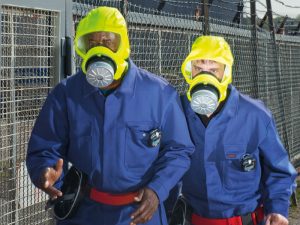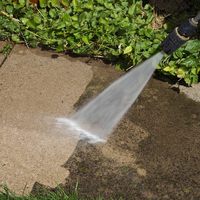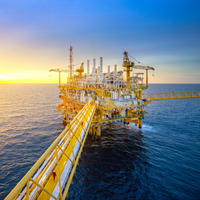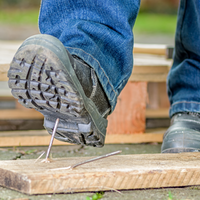Breathing Apparatus is a vital addition to your safety equipment when operating in potentially hazardous environments where toxic gases may be present. For use in applications such as firefighting or confined space work, a reliable BA set works as life-saving personal protection equipment.
Situations where workers may be required to use a breathing apparatus set include firefighting, rescue operations, mining and chemical plant work. The devices all feature a face mask that will protect the wearer from the dangers of oxygen deficiency, toxic gases, dust and smoke, ensuring worker safety in a variety of applications. The apparatus can be used in unknown territory also, providing peace of mind for workers entering a previously unexplored space.
Using the correct PPE breathing apparatus is important for ensuring safety. Take a look through our handy guide below to help you identify which device best suits your requirements.
Emergency Escape Breathing Apparatus is designed to save the life of a worker when a hazardous area becomes life-threatening. It is built to provide a steady supply of breathing air for a limited time, enabling the wearer to exit the environment safely. As these devices offer just a limited supply of air, they are best suited for environments where there isn’t any immediate danger but where the threat of toxic gas or oxygen deficiency remains.

This short duration breathing apparatus sets use a constant flow of oxygen that is fed into a hood or a face mask, usually for between 10 and 30 minutes. The airflow will usually be activated as soon as the user takes the device out of its holder, and will not be affected by the user’s personal oxygen consumption. However, these devices can often be large and bulky which may affect the user when in a confined space environment.
Self-Contained Breathing Apparatus
Self-Contained Breathing Apparatus (SCBA) or Compressed Air Breathing Apparatus (CABA) is used for entry into a known hazardous environment. One user we will all recognize is the Fire Services, who use SCBA to enter areas where smoke and noxious gases are present, but SCBA is used in many entries where there is a toxic gas, asphyxiate or oxygen deficient environment. A SCBA set consists of 3 main components – a cylinder of compressed air, a back-plate that holds the cylinder and reduces the air from high pressure (200-300bar) to medium pressure (5-11 bar) and this in turn supplies a face mask. Self-Contained BA gives autonomy to the user, meaning that they can move around freely as opposed to being attached to an airline. However, the disadvantages are that the cylinder has a relatively short supply time, for example a 9.0L 200 bar cylinder giving a usage time of 35 minutes, and also the cylinder means an increased size and therefore can hinder ease of movement through tight spaces. There are many different sizes of cylinders which can improve duration or maneuverability, but these limitations will still remain to some extent.
Airline Breathing Apparatus
Airline Breathing Apparatus is where the air supply is removed from the user and they are fed compressed air via an airline. The compressed air source should deliver them air that has been air quality tested to EN12021, and may be supplied from a cylinder bank or breathing air compressor, which may be either fixed or mobile. The airline supplies the user's face mask through an airline harness. An airline system often incorporates an escape cylinder which the user wears to ensure that in the event of the main air supply failing they have a short duration air supply to allow to self-rescue themselves safely. Airline systems are used where the work is relatively localized and likely to be for longer durations. The main disadvantage of being attached to an airline is that it restricts easy movement, and poses a risk of entanglement. However, by being attached to an airline the user can work for as long as is comfortable and safe for them in the environment they are in without the requirement to refill or change a cylinder. A very good example of where an airline system is relevant is tank cleaning. A large tank may take several days or even weeks to thoroughly clean, so an airline breathing apparatus may be required in this one area for long durations. Particular attention should be paid to selecting a suitable air supply source for the work site and the table below gives a quick start guide.














